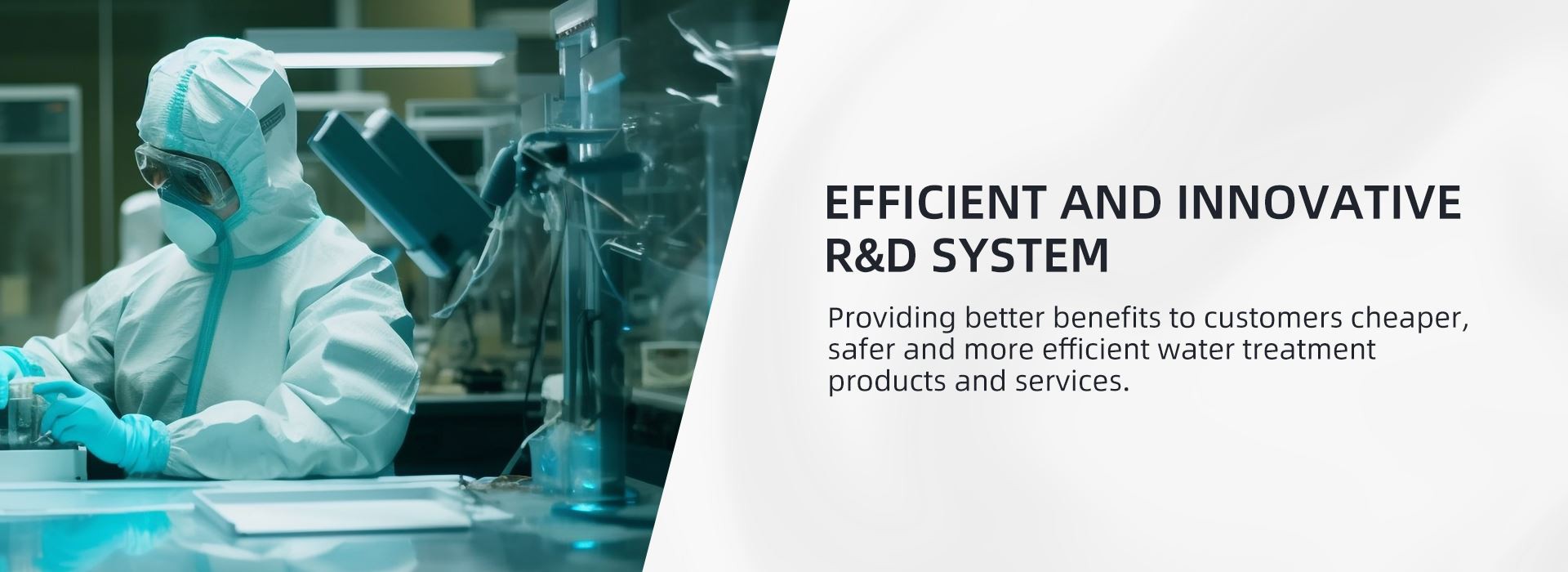The application of condensate water and balls in condensing gas water heaters, industrial boilers, air preheaters, and other equipment
Condensing gas water heaters, boilers, and other equipment are efficient and energy-saving thermal equipment that use the heat generated by gas combustion to heat water or other media, and recover latent heat from flue gas through condensing heat exchangers, improving thermal efficiency. However, during the operation of condensing equipment, there may also be some problems, one of which is the discharge of acidic condensate water.
Acidic condensate refers to the liquid water condensed by the water vapor in the flue gas when it encounters a low-temperature surface in a condensing heat exchanger. It contains the dissolved substances of acidic gases such as sulfur dioxide and nitrogen oxides produced by combustion. Its pH value is generally between 2.9 and 4, which is much lower than the pH value of neutral water, which is 7. Acidic condensate has a certain corrosive and polluting effect on the equipment itself, drainage pipelines, and downstream water bodies. If discharged directly without treatment, it will have adverse effects on the environment and violate relevant laws and regulations. For example, Section 403.5 (b) (2) of the US EPA prohibits the discharge of corrosive pollutants with pH values below 5.0, which may cause corrosive structural damage to public infrastructure, or Section 803.1 of the International Plumbing Code considers condensate water and equipment as instruments producing acidic condensate water.
A common method to solve the problem of acidic condensate is to use a condensate mixer, which increases the pH value of the condensate by adding alkaline substances before discharge, making it close to neutral or weakly alkaline, thereby reducing its corrosiveness and pollution. The principle of condensate water mixer is very simple, which is to use acid-base neutralization reaction to adjust the pH value of condensate water. The use of these alkaline substances also has some problems, such as:
Rapid response requires short-term replacement or supplementation, which increases operating costs and maintenance difficulty;
May produce sediment or scale, affecting the effectiveness and lifespan of the condensate water and the condenser;
May cause secondary chemical pollution to downstream water bodies and disrupt the ecological balance of water bodies.
In order to overcome these problems, a new type of material for condensate water heaters - condensate water and balls - has emerged. The condensate water and balls are composed of pure natural inorganic mineral materials and formed into ceramic beads through granulation. It has the following advantages:
Safe and environmentally friendly, free from toxic and harmful substances, and will not cause secondary pollution to water bodies;
Longer lifespan, less prone to wear or dissolution, and controllable pH value of water after neutralization;
Higher hardness, less prone to sediment or scaling, maintaining the smoothness and efficiency of condensate water and equipment;
Better functionality, can effectively increase the pH value of condensate, and can also adsorb harmful substances such as heavy metal ions in condensate, improving the water quality of condensate.


